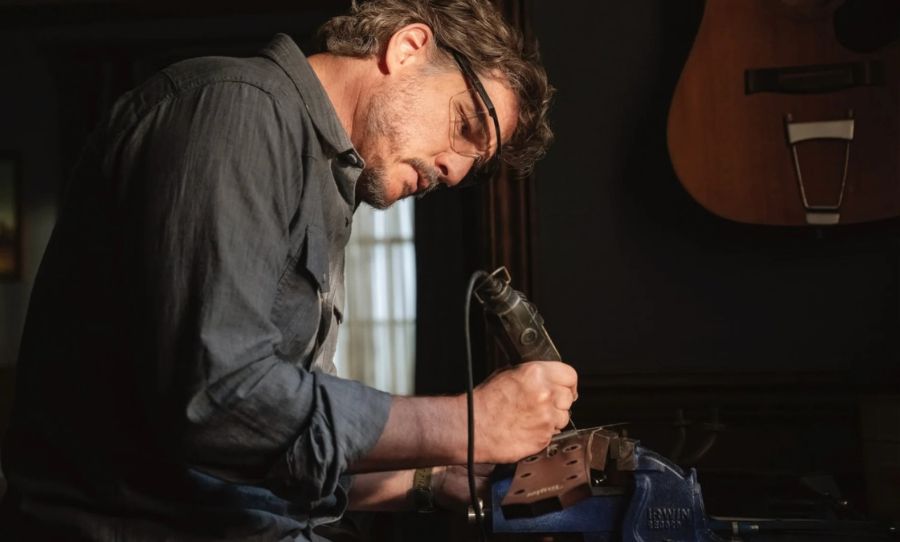Back to where it all began: delving into the history of the classical guitar reveals the genesis of our beloved six-string axe.
The nylon string classical guitar receives little attention in the brash world of modern guitars. Understated by nature, it struggles to compete with the flare of its steel-string counterparts. But the classical guitar is the very first guitar (as we know it today at least), and its long history holds fascinating insights into the origins of the modern six-stringer.
Examining the classical guitar helps to better understand the entire guitar family and how it came to be. And while it can’t reach the same volume as steel-stringed guitars, the classical guitar has its own unique forms of expression to offer, in a multitude of styles.

A guitar emerges
The classical guitar belongs to a lineage of other stringed instruments originating in Europe. It is the amalgamation of several stringed instruments from the Renaissance period, such as the vihuela, kithara and lyre. These instruments shared qualities such as a hollow body for amplification and a neck leading to a headboard. They had strings called courses that comprised of two strings sitting closely together and played at once, similar to how contemporary 12-string guitars are structured.
The first guitars that resembled the ones we’re familiar with today emerged from Spain around the 15th century. Spain is steeped in guitar tradition and continues to be the epicentre of the classical guitar. In the mid-19th century, Spaniard Antonio De Torres produced the first modern classical guitar. Today, classical guitars are still modelled off of the De Torres design.
His invention marked an important shift from previous stringed instruments in several ways. A system of wooden struts was placed on the back of the soundboard, a technique called fan bracing. This revolutionised the guitar by increasing the levels of volume and sustain possible. De Torres’s design had a larger body and thinner soundboard that also helped contribute to its overall amplification.
Classical guitar strings were originally made from a material called catgut that was comprised of sheep and cattle intestinal lining (rather than actual cat stomachs). Catgut was replaced by nylon strings in the aftermath of World War II when there were mass shortages of livestock.
Considering that catgut strings were prone to breakages and often went out of tune, this development benefited players and farm animals alike. However, there are still a small minority of purist players who continue to use ‘gut’ based strings.
The age of steel
The steel-string guitar emerged at the turn of the 20th century and would soon become the dominant guitar. The development of electric steel guitars around the 1930s saw classical guitar popularity decline even more. Since the introduction of steel strings, the nylon string guitar has regularly fallen in and out of fashion.
It was adopted by folk singers in the 1950s and 60s when they recognised the soft, delicate sounds a classical nylon could produce. Leonard Cohen and Bob Dylan both used classical guitars, giving it a brief resurgence. It’s also been a steady feature within country music, most notably by legendary singer-songwriter Willie Nelson whose music took a dramatic stylistic turn once he picked up the classical guitar.
Despite these fluctuations, the nylon-string guitar has remained consistently used by traditional classical and flamenco guitarists because it is entrenched in these styles of playing. Nylon string guitars are also preferred amongst beginners due to the softness of their strings, wider frets and neck size, to the point that it is a rite of passage for many players.
Its own voice
The distinct physical attributes of nylon classical guitars mean that it is suited to its own set of playing techniques. Due to the softness of the strings, it tends to be plucked and strummed without a pick. This means that greater emphasis is placed on the plucking hand, opening up new realms of playing. It is not unusual for a classical guitarist to be able to sustain three or four simultaneous harmonies.
It is mostly played in a sitting position with the guitar sitting on the non-dominant leg, meaning the player is in close proximity to the instrument. Nylon strings soft sound informs the environments it is played in.
Though on the realm of rock ‘n’ roll, the classical nylon now plays second fiddle to the steel-string, it has played a pivotal role in the evolution of the guitar. By placing it into a broader context, the classical guitar lets us view how the guitar has steadily changed, whilst existing on a continuum.



